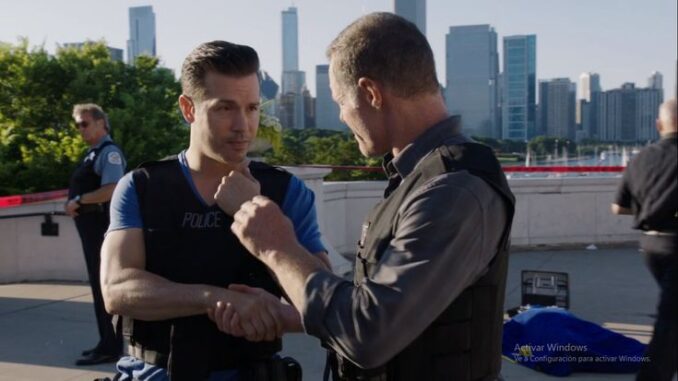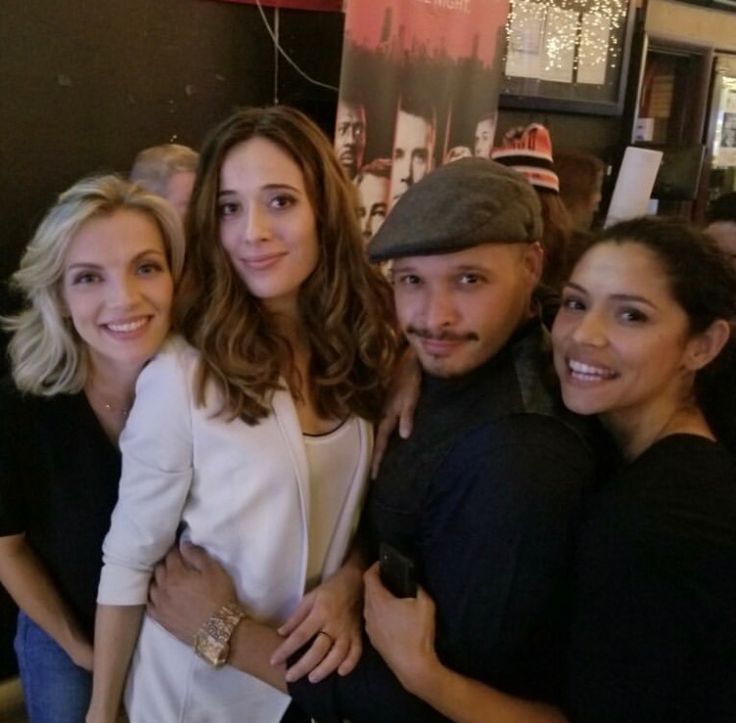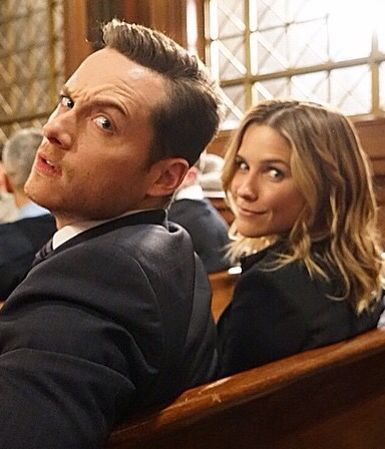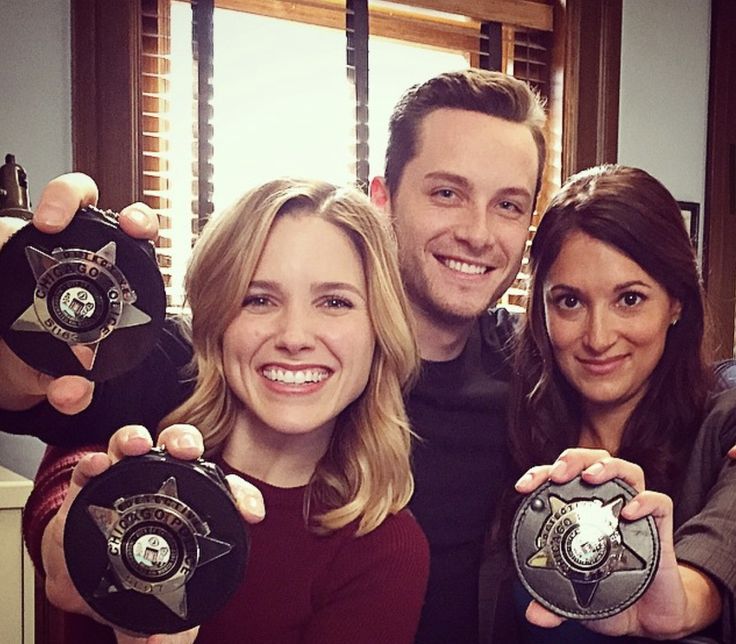
Ah, Chicago PD. The gritty, thrilling world of the 21st District Police Department has captured our attention for nearly a decade. When it first aired, the intensity, the characters, and the police drama were like nothing else on TV. But now, after 10 years, rewatching the first season of Chicago PD brings a whole new perspective. You see things differently, notice details you missed before, and even start to question the storytelling choices that seemed perfect back then.
In this article, we’ll dive into 10 harsh realities of rewatching Chicago PD Season 1 10 years later. It’s not just a trip down memory lane—it’s an eye-opener. Whether you’re a long-time fan or new to the show, some truths may surprise you. Let’s get started.

1. The Dialogue Feels a Lot Cheaper Now
When Chicago PD first debuted, its gritty tone and punchy dialogue seemed like a breath of fresh air. Fast forward to 10 years later, and some of those lines feel a little… forced. While the acting is still top-notch, the dialogue now sounds a bit more cliché than it did back in 2014.
Why does this happen? Well, in today’s TV landscape, shows have evolved. The writing on many modern crime dramas has become more nuanced and sophisticated. Watching the sharp, snappy exchanges from Chicago PD Season 1 feels a bit dated now. In retrospect, many lines sound overly dramatic or heavy-handed, something we’ve come to expect less of from today’s shows.
2. Characters Are Not as Deep as You Remember
One of the most striking realities when revisiting Season 1 of Chicago PD is how much the characters have evolved over the years. At the beginning, the show introduces us to a colorful cast of police officers and detectives—each with their own backstory. But upon rewatching, it’s clear that these characters aren’t as fleshed out as we remember.
Take Hank Voight, for example. Voight is a tough, morally grey character, and his internal conflict isn’t as developed in Season 1. Over the years, however, he becomes more complex. In the early episodes, he’s more of a walking cliche of a hardened cop, and this becomes glaring when viewed in the context of his future character arc.
3. The Action Sequences Feel Less Intense
The adrenaline-pumping chase scenes and intense firefights were a hallmark of Chicago PD’s early days. But after a decade of more advanced cinematography and better action sequences on television, rewatching these scenes feels a little underwhelming. The choreography and camera work aren’t as polished as we see today in later seasons or in other shows.
Why does this happen? Simply put, TV shows have improved over time. Technology, budget, and experience all play a role in making today’s action scenes more thrilling. Season 1 of Chicago PD just doesn’t have that same level of precision, leaving some action sequences feeling clunky.
4. The Overreliance on Stereotypes Is Harder to Ignore

Looking back at Season 1, it’s hard not to notice how often Chicago PD relies on tired, old stereotypes. The “tough guy” cop, the “rookie” who needs to prove himself, and the overly dramatic criminal elements—they’re all there.
This isn’t inherently bad, but with the evolution of television in the past decade, audiences have come to expect deeper, more well-rounded portrayals of characters. Many of the early episodes of Chicago PD lean heavily on surface-level stereotypes, which feels out of place in today’s more diverse and complex TV landscape.
5. The Predictability of the Plot Arcs Stands Out
When Chicago PD first aired, its plot twists were enough to keep you at the edge of your seat. But rewatching Season 1 now, many of those twists feel predictable. The mystery behind each case is fairly formulaic, and the resolution is often too tidy, making it easy to guess what will happen next.
Why is this the case? Over time, we’ve become accustomed to more intricate and unpredictable plots. The bar for TV thrillers has been raised, and Chicago PD’s first season just doesn’t stack up anymore. What felt shocking then might seem like a typical procedural plot now.
6. The Show’s Visual Style Feels Outdated
Chicago PD Season 1 has a very distinct visual style—a bit grainy, with dark, muted colors that give the show a sense of grit. While this was intentional to fit the tone, it now feels a little old-fashioned. The visuals, though striking at the time, have not aged as well compared to other TV shows that have incorporated more vibrant or polished cinematography.
Why does it matter? A decade of TV production has seen huge improvements in how shows look. The dark, moody tones that once felt fitting for a gritty cop drama now look more like a product of its time, especially when compared to the sleek, high-definition visuals of today’s shows.
7. The Supporting Characters Are Just There for Plot Convenience
Many of the supporting characters in Season 1 seem to exist merely to serve the plot. They don’t feel as essential to the story or as fleshed-out as they would become in later seasons. Characters like Erin Lindsay’s partner or Detective Atwater’s early storylines feel underdeveloped. They’re simply there to move things forward rather than provide any meaningful depth to the narrative.
What does this mean for the show? As the series progressed, characters like Atwater, Ruzek, and even Halstead received deeper storylines that made them more integral to the narrative. Rewatching Season 1, it’s clear that the writers were still figuring out who these characters would be in the long run.
8. The Villains Feel One-Dimensional
When you’re watching Chicago PD for the first time, the villains seem like a force to be reckoned with. But 10 years later, many of these bad guys come off as a bit one-dimensional. Their motivations seem shallow, and their storylines don’t leave much room for complexity.
What does this tell us? As the show grew, the villains became more layered, with backstories and motivations that added depth. Season 1’s villains, however, seem to serve as mere obstacles for the good guys to overcome, without much room for nuance.
9. Some of the Emotional Beats Don’t Hit as Hard
Chicago PD is known for its emotional moments, particularly when it comes to the characters’ personal lives. But rewatching Season 1, some of these emotional beats feel less impactful. Relationships that seemed touching back then might now feel forced or underdeveloped.
Why does this happen? Over time, the show has refined its emotional storytelling. What once felt like a powerful moment in the first season may now seem rushed or not as fully realized, simply because the emotional stakes weren’t as high in the early episodes.

10. The Pacing Feels a Lot Slower
Last but certainly not least, the pacing of Chicago PD’s first season feels a lot slower than we remember. Modern TV thrives on rapid-fire storytelling, quick cuts, and non-stop action. But Season 1 takes its time, lingering on plot points and character developments that might feel unnecessarily drawn out now.
Why does this matter? Pacing has changed dramatically in the TV industry over the past decade. We’ve become used to faster-moving narratives, and what felt like a steady build-up in Season 1 can feel like a drag when revisited today.
Conclusion: A Show That’s Grown with Time
Rewatching Chicago PD Season 1 after 10 years is an eye-opening experience. While it’s easy to see why the show captivated audiences back in 2014, many aspects of the first season feel dated now. From the dialogue to the pacing, there are several aspects that no longer hold up in the modern TV landscape.
However, despite these harsh realities, the core of Chicago PD still shines through. The intensity, the grit, and the characters’ eventual development remind us why the show became such a hit. It’s a reminder that, like any long-running series, Chicago PD has grown and evolved over the years, and for the better.
